Rodents have always lived in close proximity to humans for generations. We’ve never liked this but often ignored it, largely because rodents are difficult to shake off. But when they get too intrusive for comfort, there are certain steps you can take to regain your territory.
If you're looking for the best dogs bred for pest control here are some great ratters (and mousers). These breeds were bred to flush out pesky rodents including badgers and smaller animals.
Top 11 Dogs That Hunt Rats and Mice
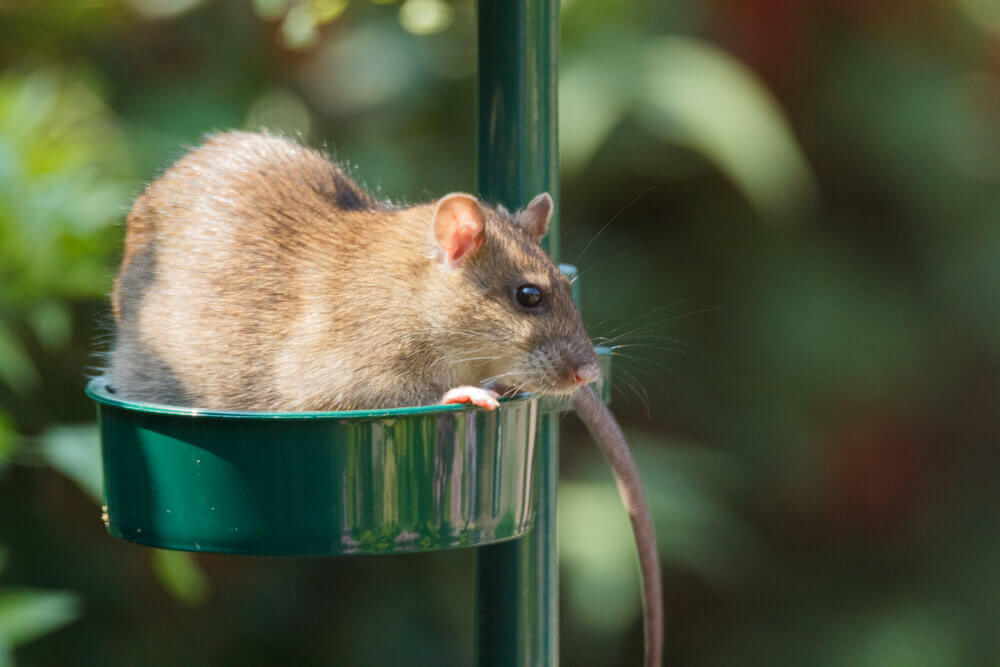
A brown rat enjoying seeds from a bird feeder in the garden. Rodents can easily climb up bird feeders if they're not positioned correctly.
These dog breeds are the most popular for chasing and killing rodents such as mice and rats and drive them away from your property.
We’ll look at how good each vermin-killing dog breed does it, and some other features that make these dogs great family pets too.
Cairn Terrier
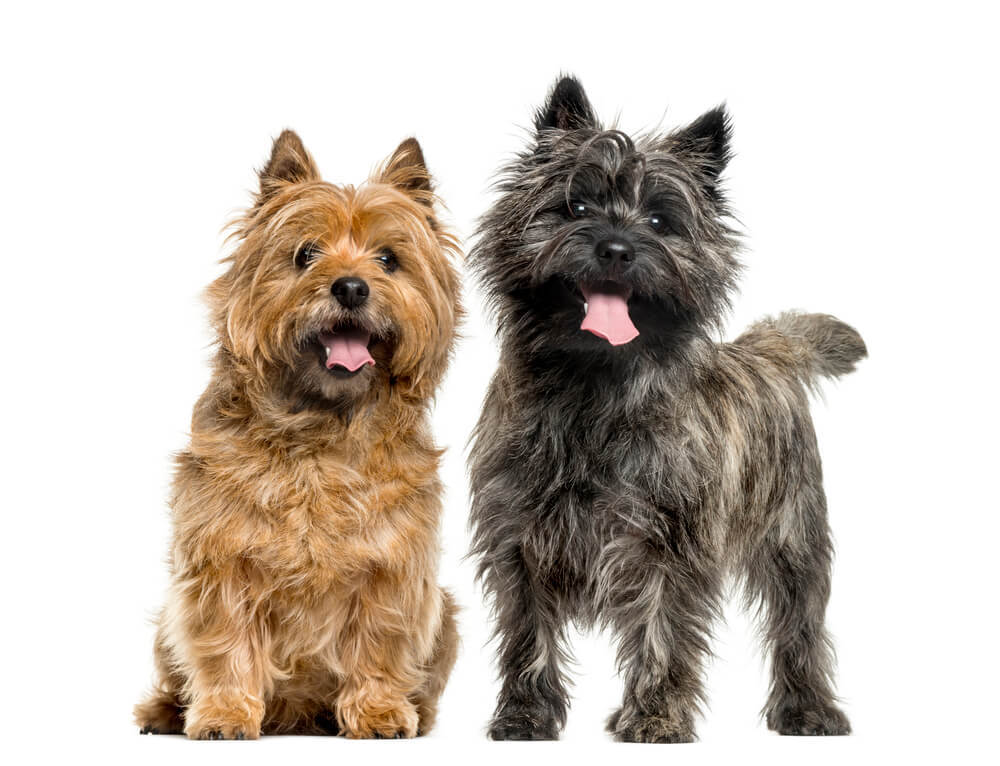
The name Cairn Terrier roots to the Scottish-Gaelic word "Cairn" which refers to a mound of rough stones. This breed was specifically bred for rodent hunting so this is the perfect pet choice and watchdog for keeping the rate population down.
The Cairn Terrier could push through stone fences (man-made pile of stones) to catch vermin. This fox-like dog breed has a shaggy natural look however their coat is weatherproof and hypo-allergenic and requires relatively frequent care and grooming.
They are a friendly and loyal companion, but they tend to be independent, especially if you don't establish yourself as the boss when training them.
This ratter is alert, hardy, spirited, a little calmer than the Jack Russel Terrier and being very energetic, requires lots of exercise. If not trained well, this dog can become destructive and will bark excessively.
- Pros: excellent ratters, great watchdog, great with kids, clever, courageous, highly trainable, loves people, hypoallergenic (and don't shed much).
- Cons: loves digging, high energy = lots of mental + physical exercise, needs a strong leader to keep barking and destructive behavior at bay, are known to be snappy and stubborn.
Jack Russel Terrier
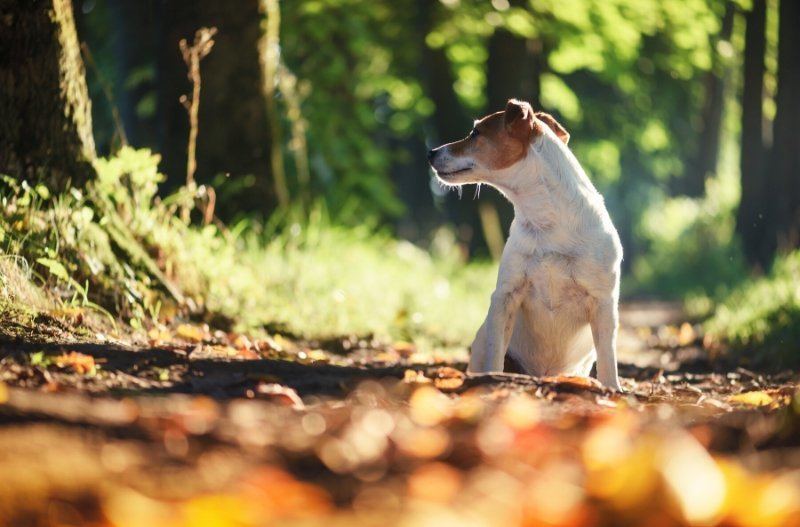
Another commonly recommended terrier for mousing is the Jack Russell Terrier. This small dog packs a lot of energy and loves to work. The Jack Russell is considered one of the best for keeping rodents at bay.
Their origin is traced to a dog breed used for hunting foxes in England. This imbibed quality makes it easy for Jack Russel Terriers to ferret out rodents from their hiding places.
A good characteristic of this dog is that it is friendly with kids and always has a cheerful and loving spirit. The dog is a fast learner and smart, which makes them popular for TV shows and movies. The one downside with Jack Russel Terrier is that they love plenty of action and may need long walks a day.
- Pros: excellent mousers, intelligent, low-maintenance grooming needs, generally healthy breed with a long lifespan (up to 18 years), highly trainable, good-natured, playful, wonderful family companions, suits an active family or joggers.
- Cons: tendency to bark, high prey-drive so not feline-friendly, moderate shedders, can be aggressive towards other dogs, notorious diggers.
Dachshund

If you're looking for a lower-energy dog than terriers, Dachshunds are your next best option. The Doxie is well known for their incredible speed despite having relatively short legs. They were originally bred in Germany to hunt animals such as badgers and foxes. Their short legs offer advantage in hunting mice and rats in underground tunnels, tight corners and small spaces.
They don't always kill their prey, especially the larger ones, but does a good job at keeping them away. The Dachshund is kind of stubborn and can be a little difficult to train.
Dachshunds come in different sizes but the standard Doxie stands around 10-11 inches tall. They are curious dogs, lively, brave and charming. They love to participate in pretty much everything and have a good sense of humor but a strong human leader is needed.
- Pros: excellent mousers, low maintenance, high lifespan, minimal shedding, while good with kids - young children should be supervised and the Doxie needs to be socialized at an early age, excellent family dog, protective, intelligent.
- Cons: love to dig, mischievous, prone to obesity and intervertebral disc disease (IVDD), very vocal, likely to chase feline pets, stubborn so not the easiest to train.
Papillon
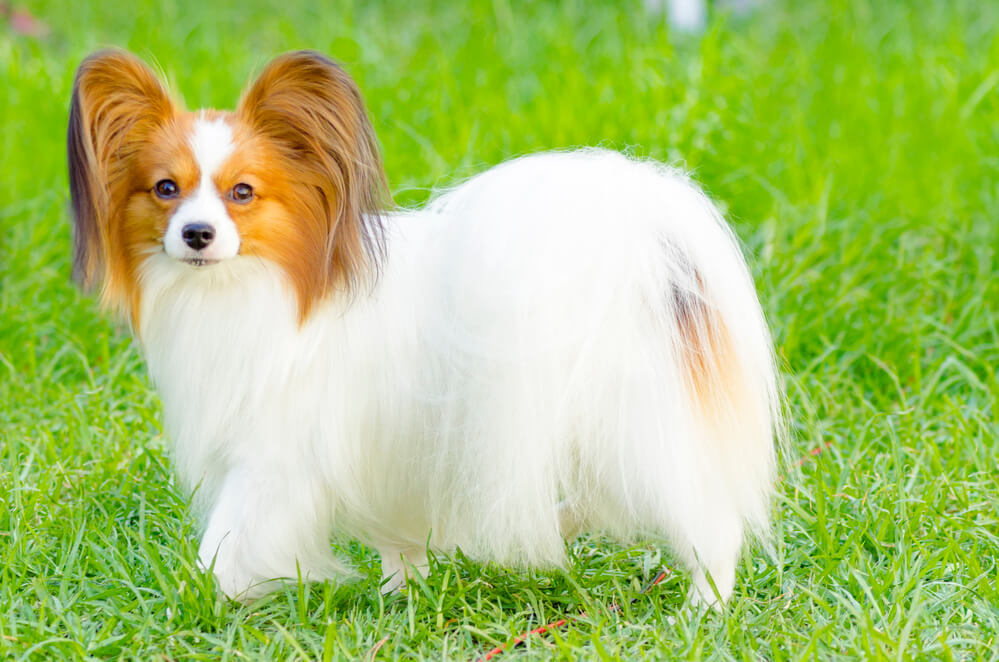
If you're looking for home dog that makes for great company but also keeps mice away, the Papillon is a great choice.
The Pap is a pretty, comical and fun-loving small dog who is also known as the Butterfly or Squirrel dog. Paps were bred as vermin-catchers hence why they're such excellent ratters and mousers.
Despite their long coat, they are low-to-moderate shedders and don't need much grooming just a regular brushing to avoid matting.
They're as high-energy as terriers so give them plenty of exercise and places to run free. Finally they can suffer from separation anxiety if left home alone for long periods. Overall, this is a great choice of dog for chasing mice out of your property that loves to please it's owner.
- Pros: excellent mouse and rat-catchers, easy to train, good family dog, great watchdog.
- Cons: bad separation anxiety, vocal, pay attention to a Pap's diet since they can easily get overweight, likely to chase other pets including cats, can be difficult to house-train.
German Pinscher
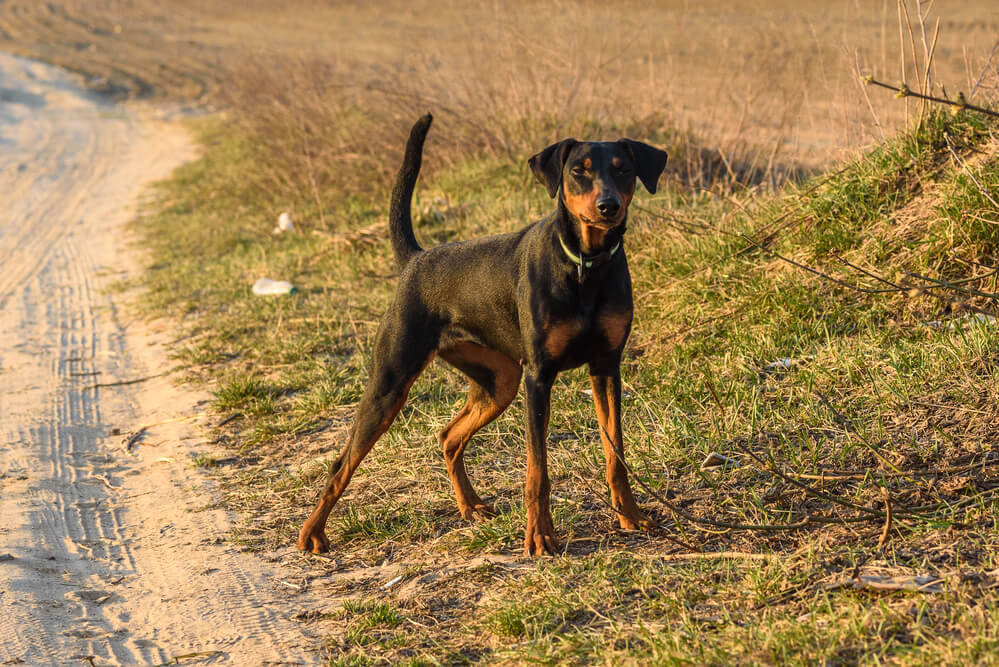
Originating from Germany, the German Pinschers were used in the 19th century to protect and guard farms and kill rats and mice. They are now largely taken as family companions but still retain their vermin hunting skills and natural instinct to search and chase rats and protect the home and family.
The German Pinschers are better situated to deal with larger rats due to their relatively bigger size, but might face some obstacles when chasing mice in tight spaces. This dog wins the admiration of many fans not only for their elegant and powerful build, but also for their agility and intelligence. They are typically working dogs even though they can adapt to a variety of lifestyles.
- Pros: excellent rat-catchers, low grooming upkeep, great watchdog, isn't a barker, great with older kids, fiercely loyal and protective, loves company.
- Cons: not hypoallergenic, requires plenty mental and physical stimulation to avoid boredom and hyperactivity, not for apartment living, known to chase small pets and cats, mischievous.
Yorkshire Terrier
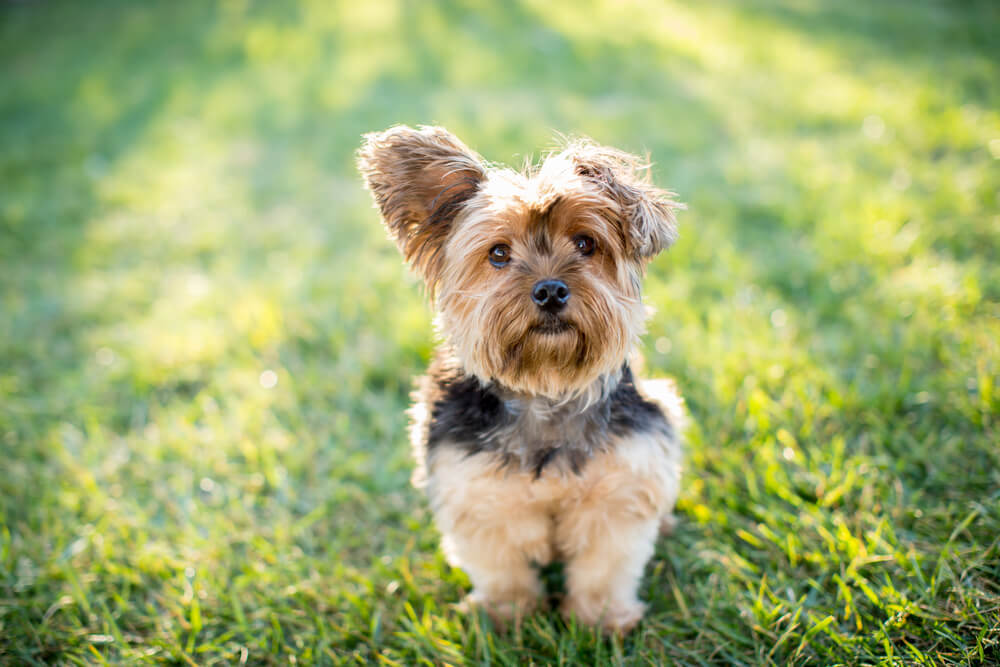
Many Yorkshire Terrier owners are unaware that their Yorkies have other excellent talents aside from their puppy-permanent appearance. Bred as cotton mill vermin catchers in the 1800's, they were also used in public rat-catching sporting events.
This dog is really good at hunting and killing mice due to its small body and agile speed and will chase mice from under low buildings or sheds and through small spaces.
The dogs are so energetic and needs a lot of action to stay happy. This dog makes a feisty companion due to its small size. It is the most popular toy dog breed in America thanks to its ability to stay loyal to its master, beautiful looks, and versatile lifestyle.
- Pros: excellent mousers, high lifespan, are not shedders, hypoallergenic so great for people with pet allergies, minimal grooming, moderately easy to train, good watchdog, loyal and affectionate.
- Cons: tend to bark quite a bit, stubborn temperament, great with older kids, can be difficult to housetrain.
Lakeland Terrier
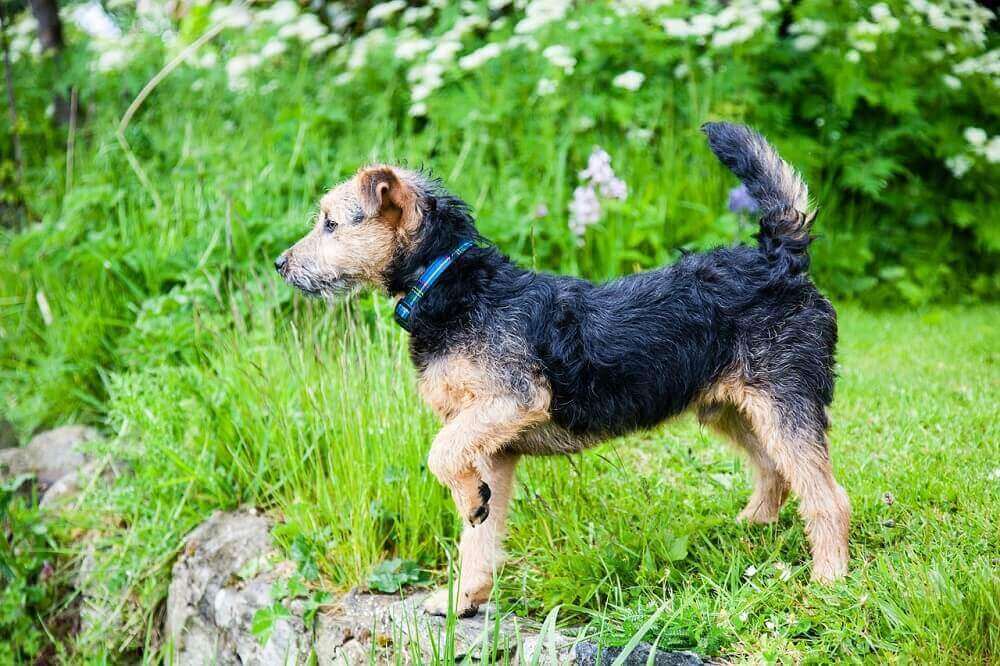
Lakeland Terrier breed history is responsible for the dog's ability to fight rodents. It was traditionally found in the vast fields of England's Lake District hunting vermin such as rats, badgers, otters, foxes, and weasels.
The dog's coats are in two layers with the top layer being hard and wiry and the bottom layer being soft. However, you won't need to spend too much time grooming them.
The dog likes to chase smaller animals which makes it necessary to socialize them with other smaller pets early on. Although these dogs were originally bred to be hunters of foxes, they have since assumed other responsibilities, like killing mice and being a family pet.
- Pros: excellent at rat hunting, great with kids, healthy breed, doesn't shed much, hypoallergenic, fearless, great with older children.
- Cons: can be vocal, is known to be stubborn, has difficulty getting along with other dogs in the house.
Rat Terrier
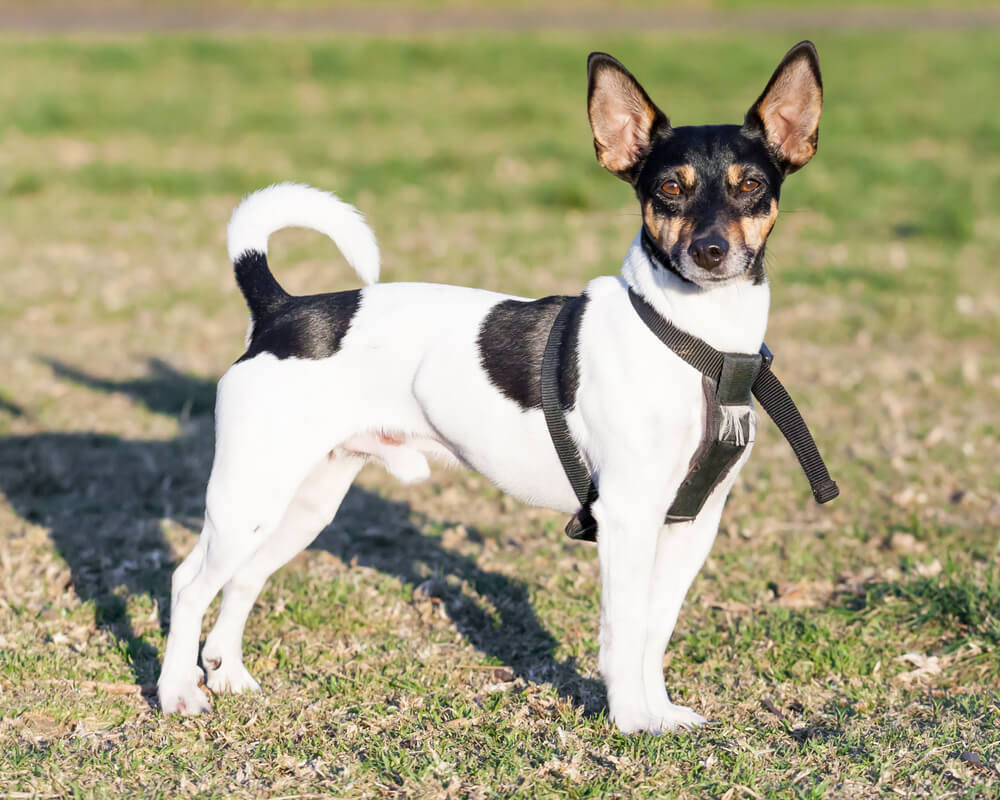
They are a persistent digging breed and love to spend their time in the farmyard. Originally bred to hunt rodents and other vermin both above and below ground which is what makes them the best dog for killing rats. Rat Terriers are an American dog breed and was named so by president Theodore Roosevelt. They are among the top dogs in the world for hunting and fighting pesky rodents.
The upbringing of this dog breed is relatively easy, which can be done in a house or apartment. Even so, they are very energetic dogs and need regular walkouts to keep happy. The downside of this dog breed is its fondness of digging.
This athletic dog will likely dig holes in your yard every now and then. But this can be a plus as some big rats are worth digging out of the ground. On top of that, they are good family dogs and very gentle with children.
- Pros: very playful, sociable, sweet-natured, protective, great hiking partner, minimal grooming, great with kids and as a family dog, gets along with other dogs, easy to train.
- Cons: can be hyper and has boundless energy so it needs plenty of exercise, high drives for chasing and digging.
West Highland White Terrier
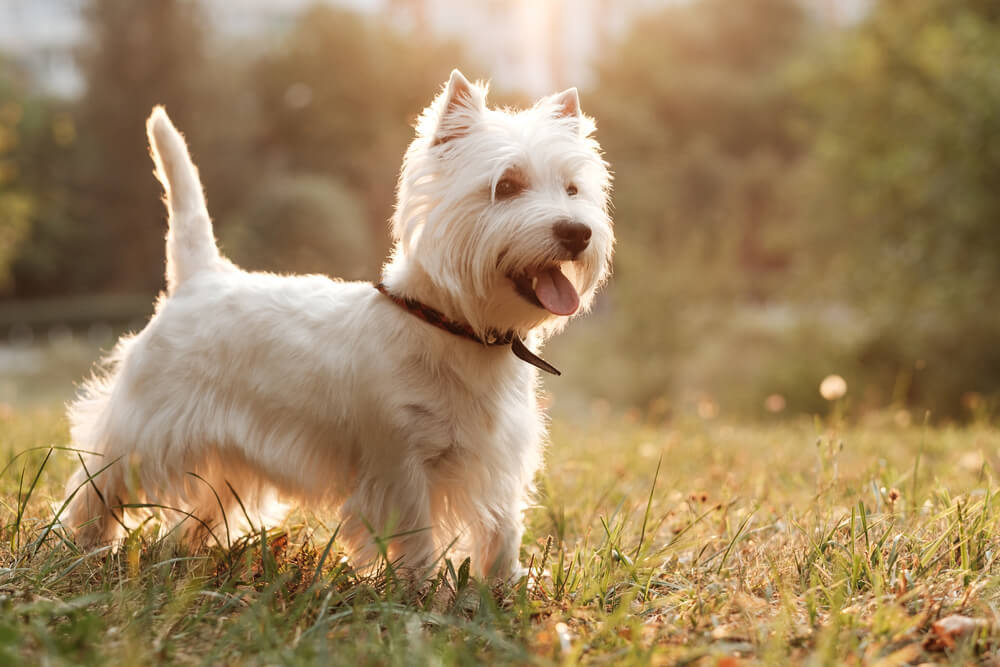
The Westie, a hypoallergenic dog breed as it's also known is a Scottish ratter and was used to fight rats since the mid-1500s. The fluffy white breed originally stated out as ratters and were used to clear mines, barns, farms and other properties of vermin.
The dog’s agility, size and speed makes it a popular choice with farmers to check rodent populations.
The dog is also a great hunter and its white coat makes it visible throughout a hunt, which minimizes the risk of accidental shooting. It's body structure is ideal for moving underground, making it easier for the dog to flush out rodents from their hiding places.
- Pros: excellent ratters, energetic and loyal, gets along with other dogs and can adapt to cats, highly trainable, low-grooming needs, great with older children.
- Cons: tendency to dig, stubborn, can be quite loud and sometimes persistent barking, can be hard to housebreak, prone to skin allergies.
Norfolk Terrier
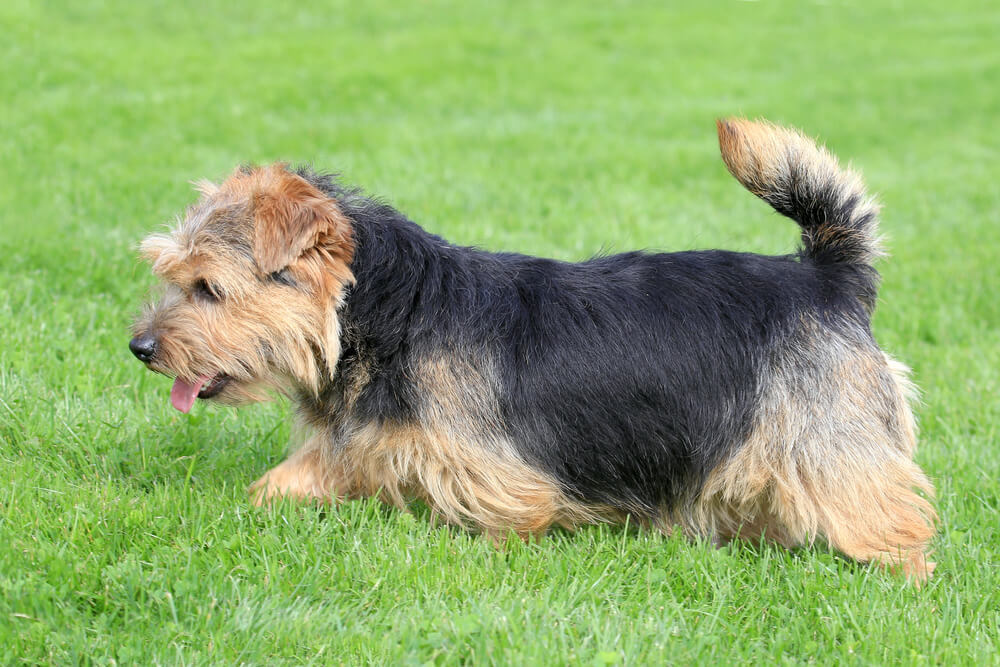
This dog breed also started out as a ratter, helping control the rat population in the drains of East Anglia - their native land as well as fox bolting. It is possibly the smallest of the terrier family and does not grow higher than 10 inches at the shoulder and weighing only about 12 pounds. This makes it better positioned to hunt rats and mice through crevices and tight spaces.
Despite being relatively small, they pack as much energy as any terrier. This terrier has a tendency to chase smaller animals including other household pets like hamsters but make for affectionate companions. The Norfolk Terrier is a big dog in a small package. The dog is very alert, gregarious, loyal to its owner.
- Pros: excellent ratters, great choice for individuals or families looking for a small dog breed with an active personality, affectionate, excellent companions for children.
- Cons: have a stubborn streak, will chase other household pets, high upkeep levels.
Miniature Schnauzer

They have originally been farm dogs in Germany used to eliminate rodents. The Schnauzer has thick facial hair that serves as protection from any potential retaliation by prey. Their exceptional hunting and guarding instincts made Miniature Schnauzers popular with farmers. You're almost guaranteed a rodent-free environment with this canine around.
Apart from their awesome hunting abilities, Miniature Schnauzers are nice and beautiful companions. This dog is highly intelligent, fast-learner, is cheerful and really kind to kids. Being very energetic warrants a daily workout. It is very calm indoors after a good exercise, making it ideal for people who live in apartments and for people with dog allergies.
- Pros: excellent sense of hearing so great rat catchers, barely shed at all, territorial so great watchdogs, great with kids, wonderful family dog, good with other animals and cats, very healthy breed.
- Cons: high upkeep levels, can be vocal but can be discouraged with proper training and socialization.
Do you have one of the above dogs or a different breed? Share your owner experience in the comment section below.

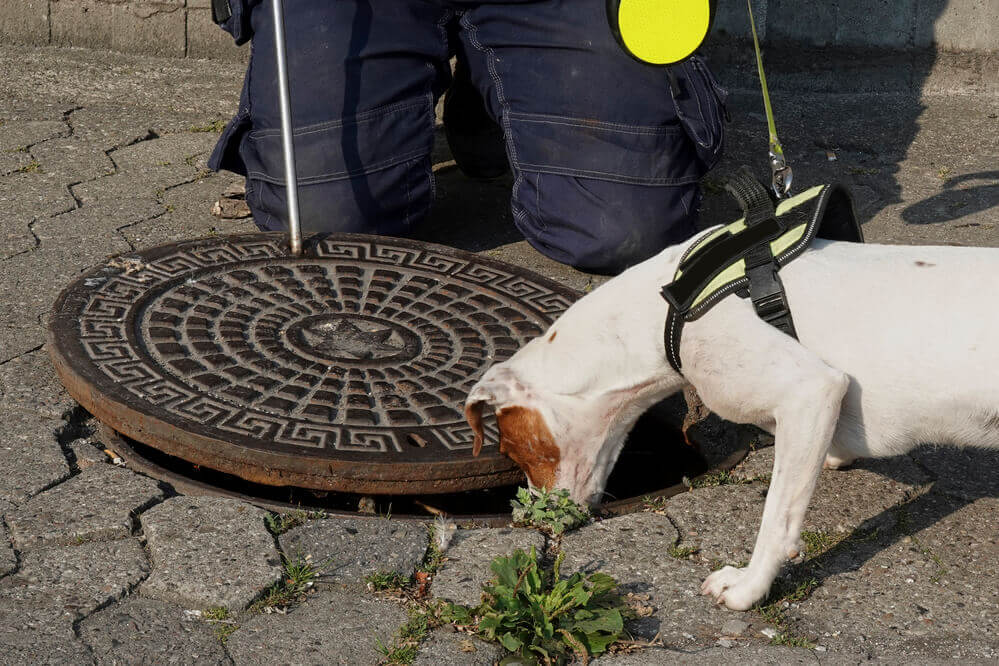
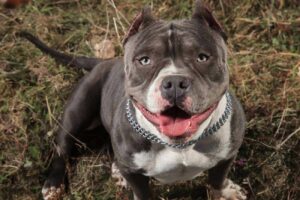


What dog gets a long with a chihuahua and children aged 4 and does not dig or bark and is generally a lap dog and is loyal